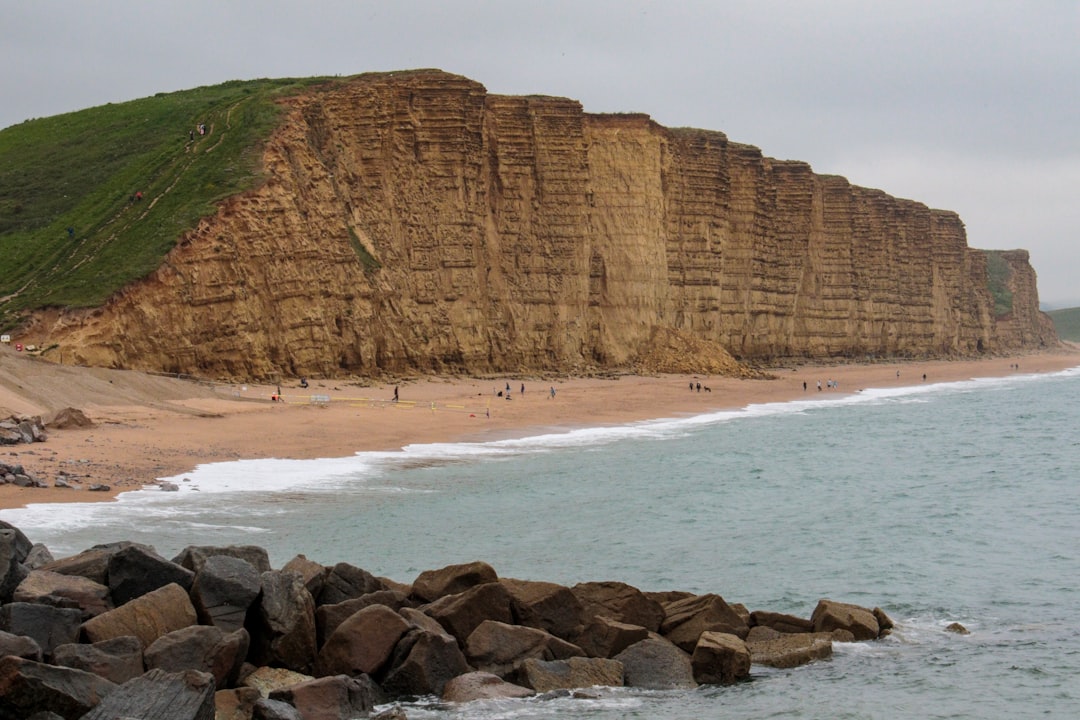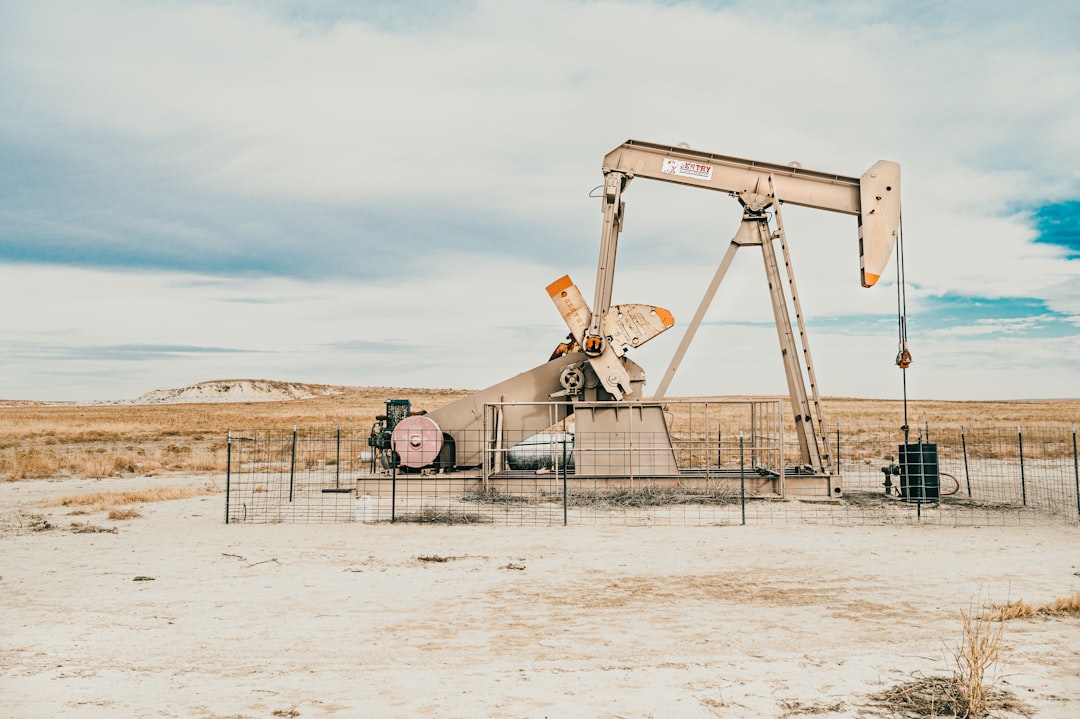What is it about?
We reconstruct the millennial environmental dynamics of this insular system and the recent history of its coastal lagoon. Geophysical surveys were used to obtain bathymetry and identify the major sedimentary units of its closest submarine basin as well as their sediment sources. Core samples were taken in the middle and distal parts of the sedimentary body, where several prograding sedimentary units are thinner, allowing continuous sampling of the facies. Lithological, textural, elemental and chronological analyses were carried out on two cores. The detailed palynological studies on one of the cores included the analyses of the pollen, non-pollen palynomorphs and dinocysts dating back three millennia.
Featured Image
Why is it important?
Here we provide a background of the human and climatic impacts affecting these highly sensitive threatened habitats, which may serve to improve their future management strategies.
Perspectives
Using a multiproxy approach we have provided a background of human and climatic impacts affecting some highly sensitive, priority coastal habitats during the last three millennia, which may serve to improve their future management strategies. These methodology may be reproducted to evaluate future risks affeting other threatened coastal ecosystems
Dr. Castor Muñoz Sobrino
Universidade de Vigo
Read the Original
This page is a summary of: Reconstruction of the environmental history of a coastal insular system using shallow marine records: the last three millennia of the Cíes Islands (Ría de Vigo, NW Iberia), Boreas, April 2016, Wiley,
DOI: 10.1111/bor.12178.
You can read the full text:
Contributors
The following have contributed to this page










